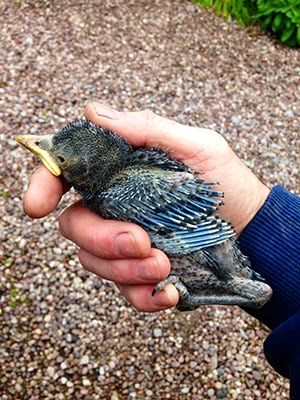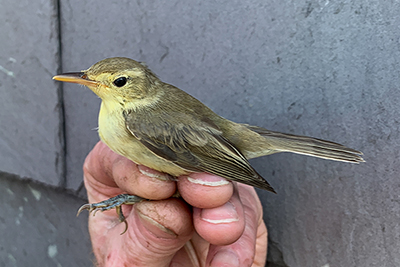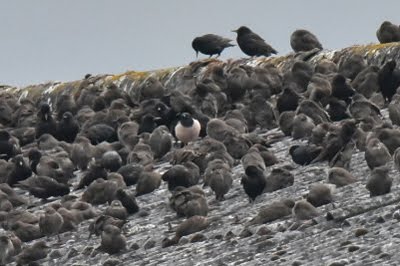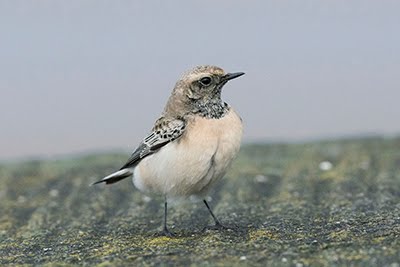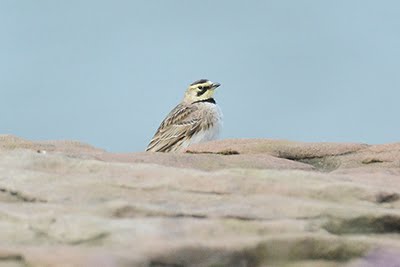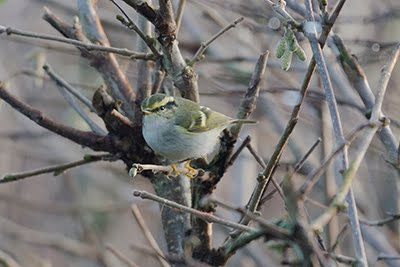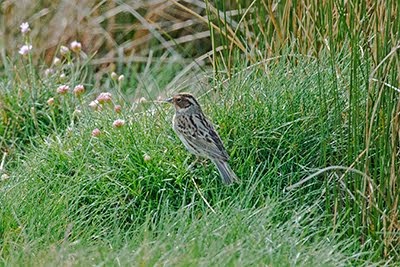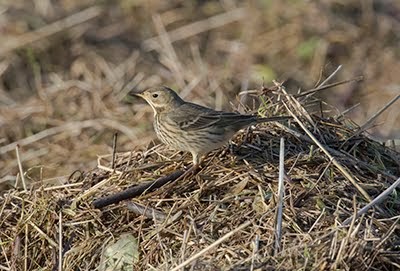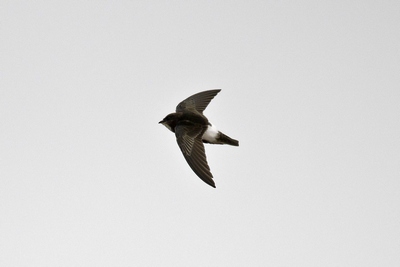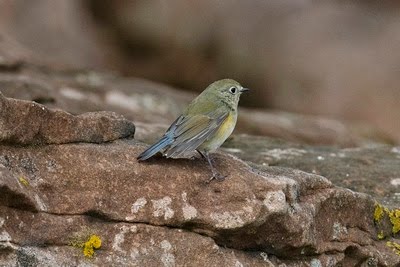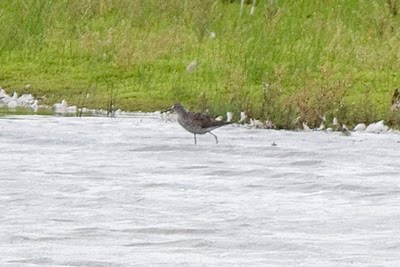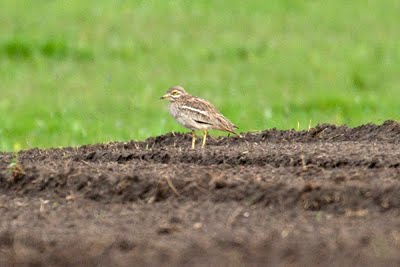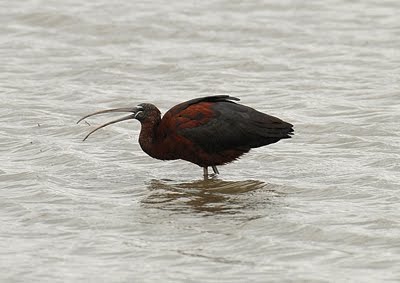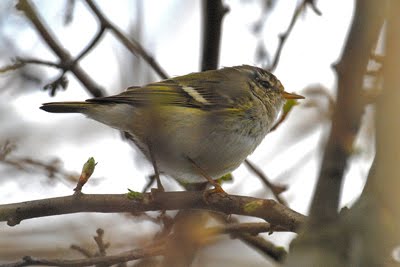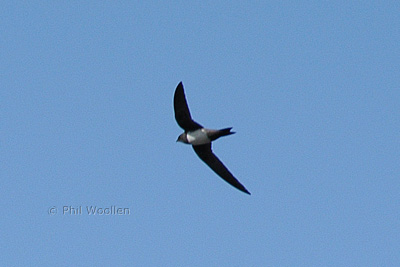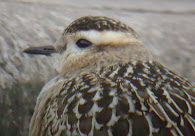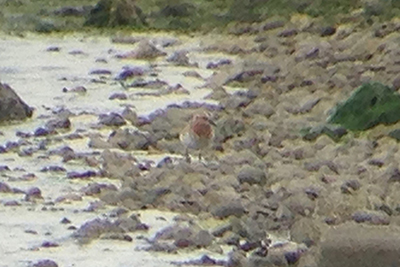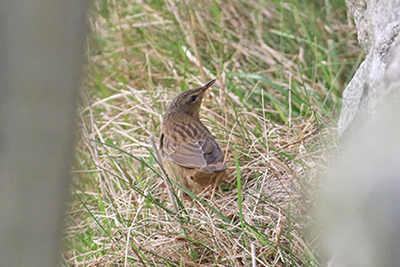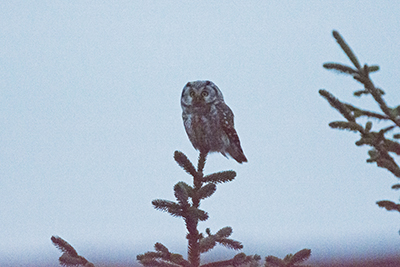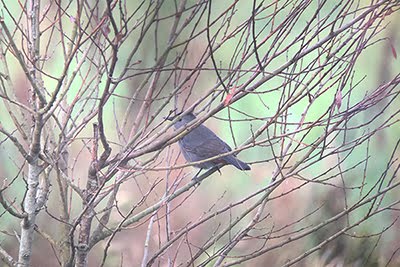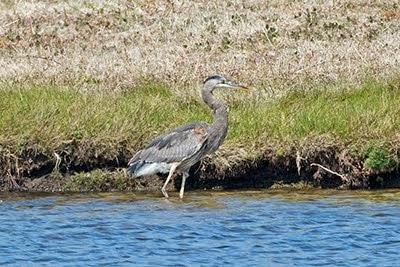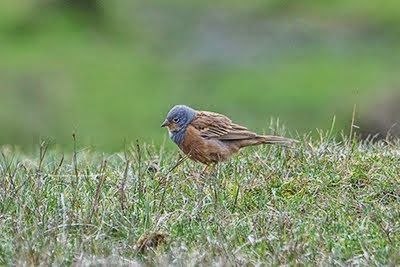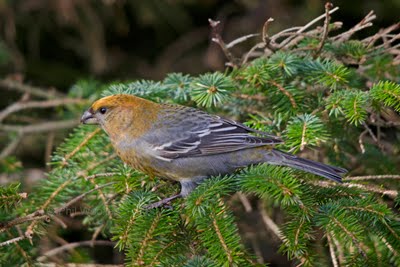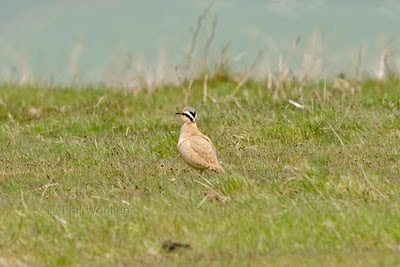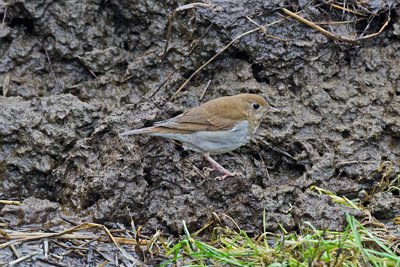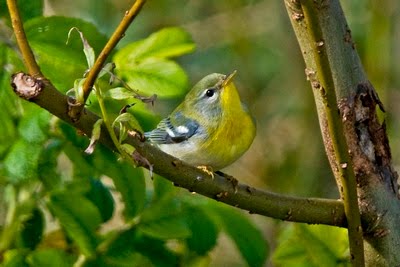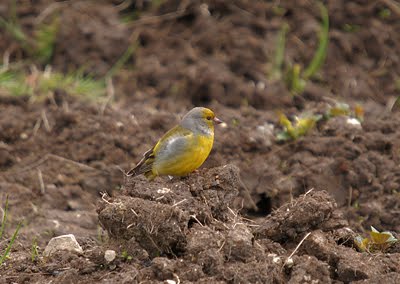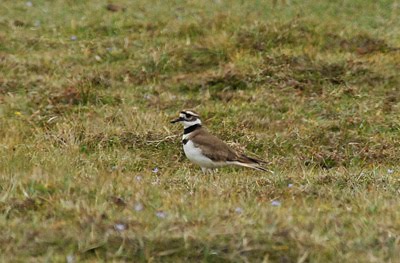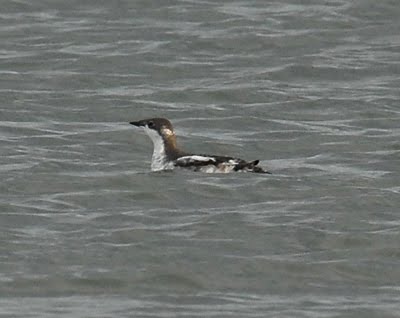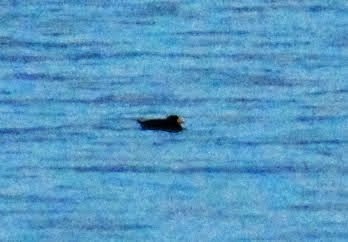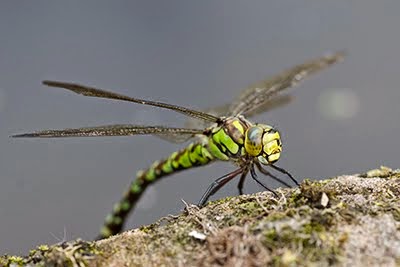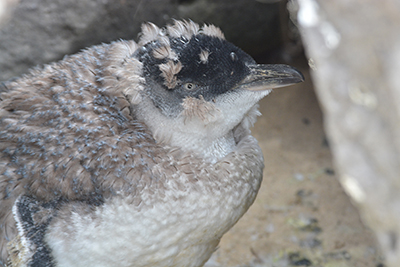With a work trip forthcoming to Austria I wasn't particularly bothered when I heard news of a Lesser Scaup on Frodsham No. 6 tank as I'd had really good views of the one last year at Burton Mere Wetlands RSPB and I knew it would be fairly distant at Frodsham. Bank Holiday Monday saw me at Manchester airport cursing when I heard a summer plumaged Red-necked Grebe had been discovered on the nearby river Weaver. So now Frodders had two good birds!
Arriving back in the early hours of Wednesday I decided to g oand have a look for the grebe at least - I'd never seen a summer plumaged one in Cheshire and in fact I can't remember the last summer plumaged one I saw. Unfortunately the weather was appalling and for the first hour or so there was no sign of the bird. Joined by Mr Bromborough Twitcher himself (Kenny Mac), Al H and Stewart we had a good look before giving up and heading towards the parked cars and a short trip to the Lesser Scaup. Low and behold the Grebe miraculously appeared.................
The last photo shows the bird with what appears to be a frog. We saw it catch quite a few small fish and it seemed to be feeding well. After an hour of torrential rain we decided to all head off for the Lesser Scaup which showed well but distantly before heading home to get dry.
No sooner had I got home and dried out the camera and binoculars then there was a break in the weather so I decided to shoot down to Frodsham again to see if I could get better photo's of the grebe in better light.
This time I had the bonus of a fly through male Marsh Harrier being pursued by the local Avocets. Two more good birds for Cheshire in the year that keeps on giving.........
28 May 2014
25 May 2014
Mainly around the garden
Most of this weeks birding has been spent ringing pullus - apart from a trip to Hilbre on a glorious evening midweek that rapidly turned to a dismal wet day overnight! The evening was beautifully clear and Blackpool Tower could be seen with the naked eye. That's a good 40 mile visibility.
With wet weather most of the weekend the few breaks in the rain allowed me to catch up on checking my nest boxes and ring a few Blue Tit & Great Tit Chicks. Blue Tits are doing well with broods of 8-10 and one of 13 being ringed. Great Tits seem to be having much smaller broods - 5-6.
With wet weather most of the weekend the few breaks in the rain allowed me to catch up on checking my nest boxes and ring a few Blue Tit & Great Tit Chicks. Blue Tits are doing well with broods of 8-10 and one of 13 being ringed. Great Tits seem to be having much smaller broods - 5-6.
13 Blue Tits crammed like sardines in one box!
A Little Owl box I made last year has been taken over by Jackdaws and there were chicks ready for ringing and one runt that was to small.
An ugly little beast but I'm sure its parents love it.
I also caught up with John to ring some Swallow pullus at his farm site. One brood were ringed and two other broods were to small. Unfortunately nest numbers are falling on the site and where there were 6-7 nests a few years ago there are only 3 occupied nests this year.
19 May 2014
Balmy weather
Its been a good couple of weeks weather wise and the local bird population are making the most of it. One of the occupied Blue Tit nests in the garden has 10 youngsters in it and two more have birds on eggs or about to hatch. I'm doing some breedign bird survey work for the Cheshire Wildlife Trust on one of their tenant farms along the banks of the Gowy. Although not an exciting array of habitats - its mainly improved pasture with the Gowy running along the bottom alongside the tip and a couple of feeder streams - the views are glorious - as long as you're not facing the tip!
There isn't a huge array of breeding birds on site but pairs of Yellowhammers and Reed Buntings are always nice to see as were the two Water Voles along one of the feeder streams.
Sunday saw Steve, Scott & me making an early morning trip to Hilbre - even earlier if Steve hadn't slept through his alarm! We arrived around 05.30 just in time to view the sunrise over Hoylake from the Obs balcony.
As the sun rose and the temperature soared the island was revealed in all its glory with drifts of pink thrift and yellow birds-foot trefoil covering the cliff tops. In the old gardens evidence of previous habitation in the form of red hot pokers and wallflowers were in full bloom.
Loads of insects were flying including the day flying Cinnibar moth, Green-veined and Small White's and at least 2 Wall Browns. A resting Brimstone Moth was found on bracken in the SK.
There weren't many birds around but we did catch a Blackbird, Sedge Warbler, a new Linnet and a Willow Warbler. A Spotted Flycatcher was seen briefly in the Old Obs garden but then seemingly disappeared. A search from the shore along the east side cliffs failed to find it but just as we were preparing to leave ahead of the incoming tide it reappeared in the SK heligoland.
This resulted in a much later than planned departure and a rush to get off the island before getting completely cut off by the tide.
There isn't a huge array of breeding birds on site but pairs of Yellowhammers and Reed Buntings are always nice to see as were the two Water Voles along one of the feeder streams.
Sunday saw Steve, Scott & me making an early morning trip to Hilbre - even earlier if Steve hadn't slept through his alarm! We arrived around 05.30 just in time to view the sunrise over Hoylake from the Obs balcony.
As the sun rose and the temperature soared the island was revealed in all its glory with drifts of pink thrift and yellow birds-foot trefoil covering the cliff tops. In the old gardens evidence of previous habitation in the form of red hot pokers and wallflowers were in full bloom.
Loads of insects were flying including the day flying Cinnibar moth, Green-veined and Small White's and at least 2 Wall Browns. A resting Brimstone Moth was found on bracken in the SK.
There weren't many birds around but we did catch a Blackbird, Sedge Warbler, a new Linnet and a Willow Warbler. A Spotted Flycatcher was seen briefly in the Old Obs garden but then seemingly disappeared. A search from the shore along the east side cliffs failed to find it but just as we were preparing to leave ahead of the incoming tide it reappeared in the SK heligoland.
This resulted in a much later than planned departure and a rush to get off the island before getting completely cut off by the tide.
12 May 2014
Another day, another Island
After the long trip to Fair Isle it was time to visit another fair island with a trip to Hilbre. With the high tide being very early we decided to go on after the tide so didn't arrive until around 07.30. There were a few grounded migrants knocking around and we managed to keep the annual ringing list ticking over with a selection of species including a fine Swallow that ended up in the Obs mist net before the sun had really got up.
Another interesting Chiffchaff was this re-trap bird that had hung around for a few days. It had a well developed pollen 'horn' caused by the bird sticking its head into flower and getting wet pollen stuck to the feathers on its forehead.
Another bird nice to see in the hand as we don't get many on Hilbre was the Sedge Warbler above. It toured the Island singing from several locations before ending up being caught in the Old Obs garden.
Spring is certainly in full swing with young Short-toed Field Voles beginning to explore away from their nests and clumps of Thrift dotting the cliff tops.
This time of year there are regular moth catching nights and I was pleased to catch up with one of the Hilbre specialties - Netted Pug. its widely distributed in the UK but classed as 'local' and Hilbre is one of the local hot spots. It was a new species of moth for me!
Local patch birding took a bit of a back seat during the first part of April although I 'adopted' a local patch for awhile during my Australian jaunt. Once I'd returned the list started increasing with a vengeance. As with the last couple of years a local farmers decision to keep a couple of fields under stubble over the winter and cultivate them for spring barley has paid birding dividends. I've not only had a number of Wheatears on these fields but also my 2nd ever Yellow Wagtail and 1st Ring Ouzel with a female showing briefly before hurtling over the nearby railway embankment and being lost to view.
Another good local bird was a female Redstart that popped up whilst I was doing a breeding bird survey for our local Marks & Spencer superstore whilst a brief singing Lesser Whitethroat in the garden during a rain shower was a garden first. All this and the 1st Swifts of the year means I'm on 87 species and 96 points for the 2014 patch challenge and all on foot. Not bad for an inland semi-rural / suburban patch. The trick is knowing where the birds are likely to be and reading the weather signs to know when best to venture out. A nice SE with a drop of rain works wonders.
One of the birds we caught was an obvious 2nd calendar year Chiffchaff showing a moult contrast in the greater coverts. As Willow Warblers have a complete moult on their wintering grounds 2nd calendar year birds can't be identified whereas Chiffies only undertake a partial post juvenile moult.
Another interesting Chiffchaff was this re-trap bird that had hung around for a few days. It had a well developed pollen 'horn' caused by the bird sticking its head into flower and getting wet pollen stuck to the feathers on its forehead.
Another bird nice to see in the hand as we don't get many on Hilbre was the Sedge Warbler above. It toured the Island singing from several locations before ending up being caught in the Old Obs garden.
Spring is certainly in full swing with young Short-toed Field Voles beginning to explore away from their nests and clumps of Thrift dotting the cliff tops.
This time of year there are regular moth catching nights and I was pleased to catch up with one of the Hilbre specialties - Netted Pug. its widely distributed in the UK but classed as 'local' and Hilbre is one of the local hot spots. It was a new species of moth for me!
Local patch birding took a bit of a back seat during the first part of April although I 'adopted' a local patch for awhile during my Australian jaunt. Once I'd returned the list started increasing with a vengeance. As with the last couple of years a local farmers decision to keep a couple of fields under stubble over the winter and cultivate them for spring barley has paid birding dividends. I've not only had a number of Wheatears on these fields but also my 2nd ever Yellow Wagtail and 1st Ring Ouzel with a female showing briefly before hurtling over the nearby railway embankment and being lost to view.
Another good local bird was a female Redstart that popped up whilst I was doing a breeding bird survey for our local Marks & Spencer superstore whilst a brief singing Lesser Whitethroat in the garden during a rain shower was a garden first. All this and the 1st Swifts of the year means I'm on 87 species and 96 points for the 2014 patch challenge and all on foot. Not bad for an inland semi-rural / suburban patch. The trick is knowing where the birds are likely to be and reading the weather signs to know when best to venture out. A nice SE with a drop of rain works wonders.
3 May 2014
Cretzschmars Bunting, Fair isle
When the last Cretzschmars Bunting was found on North Ronaldsay a few years ago I was unable to make the trip. With only four previous records and all of them on Shetland or Orkney this was a bad I didn't expect to catch up with again so soon. Low & behold, Deryck Shaw was photographing a Red-breasted Flycatcher outside his Fair Isle home then up popped a Cretzschmars Bunting! Unfortunately the bird did one or appeared to have done so. Luckily it reappeared a day or so later & I found myself up at 3 am and leaving to catch a flight Friday heading north. I'd been in contact with Susannah Parnaby at Fair Isle Obs and she kindly rang me at 07.30 to say she'd had a quick look for the bird but there was currently no sign. She'd look again after breakfast. Decision time - did we wait on news or fly? We took the brave and ultimately right decision to fly as just as were literally 11 miles out from Fair Isle Susannah relocated the bunting close to its usual haunts.
Some friends call me lucky & I think I called in all the luck of the gods on this one! With Susannah meeting us of f the plane and driving us to the site we were soon watching this mega rare outlandishly coloured refugee from the southern Mediterranean.
After filling our boots with the bunting the small appreciation society including my 5 fellow passengers & Shetland birders Steve Minton & Jim Nicolson headed a bit further down the road where a potential future split was present in the form of a very distinctive 'Caspian' Stonechat. This was a little stunner and almost overshadowed the bunting. Get a look at that tail pattern!
Keen to visit the new observatory I started walking back along the road in beautiful sunshine stopping periodically to admire the occasional Whinchat or Redstart. Rounding a corner I came across the vision that is the new Obs. Its huge!
Susannah knew I was a member of Hilbre Bird Obs and I was lucky enough to be able to ring some birds and do a round of the heligoland traps with Kieran & Rob - cheers lads. I ringed a male Blackcap i nthe Obs whilst a good catch of Brambling & Twite were ringed 'in the field'.
A fantastic place and I booked to stay for a week next autumn.
Looking around the shop I came across this - the closet I've been to a Whites thrush yet.......
After a few more hours exploring it was time to head off and we flew out of Fair Isle around 15.30 - I was back in time for a pizza and a few well earned beers. Tired but very happy.
Some friends call me lucky & I think I called in all the luck of the gods on this one! With Susannah meeting us of f the plane and driving us to the site we were soon watching this mega rare outlandishly coloured refugee from the southern Mediterranean.
After filling our boots with the bunting the small appreciation society including my 5 fellow passengers & Shetland birders Steve Minton & Jim Nicolson headed a bit further down the road where a potential future split was present in the form of a very distinctive 'Caspian' Stonechat. This was a little stunner and almost overshadowed the bunting. Get a look at that tail pattern!
Keen to visit the new observatory I started walking back along the road in beautiful sunshine stopping periodically to admire the occasional Whinchat or Redstart. Rounding a corner I came across the vision that is the new Obs. Its huge!
Susannah knew I was a member of Hilbre Bird Obs and I was lucky enough to be able to ring some birds and do a round of the heligoland traps with Kieran & Rob - cheers lads. I ringed a male Blackcap i nthe Obs whilst a good catch of Brambling & Twite were ringed 'in the field'.
A fantastic place and I booked to stay for a week next autumn.
Looking around the shop I came across this - the closet I've been to a Whites thrush yet.......
After a few more hours exploring it was time to head off and we flew out of Fair Isle around 15.30 - I was back in time for a pizza and a few well earned beers. Tired but very happy.
Subscribe to:
Posts
(
Atom
)


















